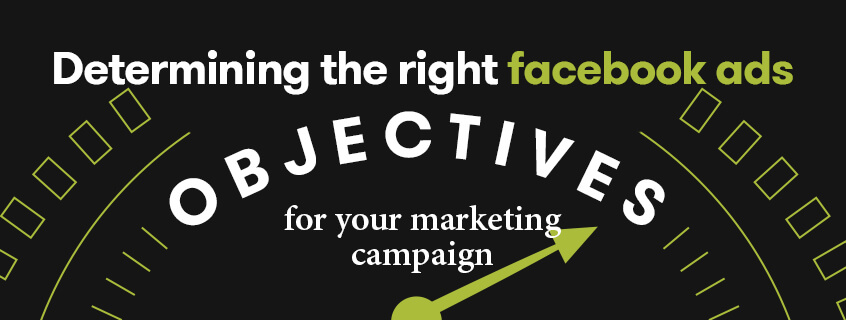

With 2.7 billion users every month, there’s a reason why so many businesses use Facebook to attract new customers, build a following and drive up sales. If you want to run a successful ad campaign, it’s essential to know the why behind your ads. Your objective is one of the first things you’ll be asked to define when setting up a campaign – and it’s what Facebook uses to determine who your ads will be shown to.
In this guide to objectives for Facebook Ads, we’ll walk you through the 11 Facebook Ads objectives, when to use them and why it matters.
If you’re new to Facebook Ads, also check out our guide How to Run Facebook Ads for more information.
what our clients are saying
create business. better everyday.
Let's Talklearn from the best minds in the business
Bodie provides some insight into Dilate's internal operations. How we approach what we do, and how we strive to be Better Everyday.





